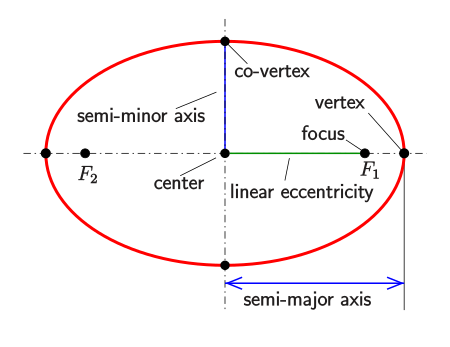Earth Magnetic poles moving
Feb 11, 2019 20:21:52 GMT -5
amygdule, spiritstone, and 2 more like this
Post by 1dave on Feb 11, 2019 20:21:52 GMT -5
arstechnica.com/science/2019/02/drift-of-the-north-pole-forces-early-magnetic-map-update/
cdn.arstechnica.net/wp-content/uploads/2019/02/wmm-2015-map-1200x480-800x320.jpg
cdn.arstechnica.net/wp-content/uploads/2019/02/wmm-2015-map-1200x480-800x320.jpg
On Monday, NOAA announced the release of an update to the World Magnetic Model, a tool that tracks how the Earth's magnetic field changes depending on where you're located on the planet. Updates to this system typically happen every five years, but the relatively rapid motion of the North Pole has necessitated an accelerated schedule for this update—which then ended up delayed by the recent shutdown of the US Federal Government.
The Earth's magnetic field doesn't neatly line up with the geometry of our near-spherical planet. In certain areas of the planet, like the South Atlantic Anomaly, the strength of the field varies considerably. And the magnetic poles frequently don't line up with the pole defined by the axis of the Earth's rotation. Complicating matters further, the field also changes over time. Over the last few decades, the largest change has been the motion of the magnetic North Pole, which has shifted from the Canadian side of the geographic North Pole to the Russian side.
All of these differences can cause problems for people and devices that attempt to navigate using the magnetic field. To compensate, the US’ National Geospatial-Intelligence Agency and the United Kingdom’s Defence Geographic Centre have combined to build the World Magnetic Model. The model is accompanied by software that helps navigation services adjust to the magnetic field's quirks. Users reportedly include Apple and Google, which include it in their phone software.
As the magnetic field's quirks are dynamic, the model has to be updated, which is done on a five-year schedule. The rate of the North Pole's motion, however, has been fast enough that the agencies who produce the model aren't comfortable with waiting for the current model expiration at the end of 2019. As a result, they built a new version nearly a year early. Unfortunately, the US government shutdown prevented it from being released as planned.
The Earth's magnetic field doesn't neatly line up with the geometry of our near-spherical planet. In certain areas of the planet, like the South Atlantic Anomaly, the strength of the field varies considerably. And the magnetic poles frequently don't line up with the pole defined by the axis of the Earth's rotation. Complicating matters further, the field also changes over time. Over the last few decades, the largest change has been the motion of the magnetic North Pole, which has shifted from the Canadian side of the geographic North Pole to the Russian side.
All of these differences can cause problems for people and devices that attempt to navigate using the magnetic field. To compensate, the US’ National Geospatial-Intelligence Agency and the United Kingdom’s Defence Geographic Centre have combined to build the World Magnetic Model. The model is accompanied by software that helps navigation services adjust to the magnetic field's quirks. Users reportedly include Apple and Google, which include it in their phone software.
As the magnetic field's quirks are dynamic, the model has to be updated, which is done on a five-year schedule. The rate of the North Pole's motion, however, has been fast enough that the agencies who produce the model aren't comfortable with waiting for the current model expiration at the end of 2019. As a result, they built a new version nearly a year early. Unfortunately, the US government shutdown prevented it from being released as planned.


















